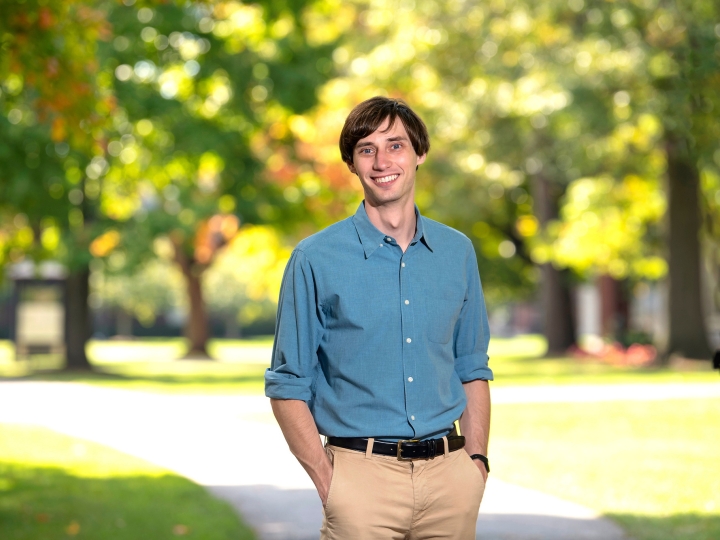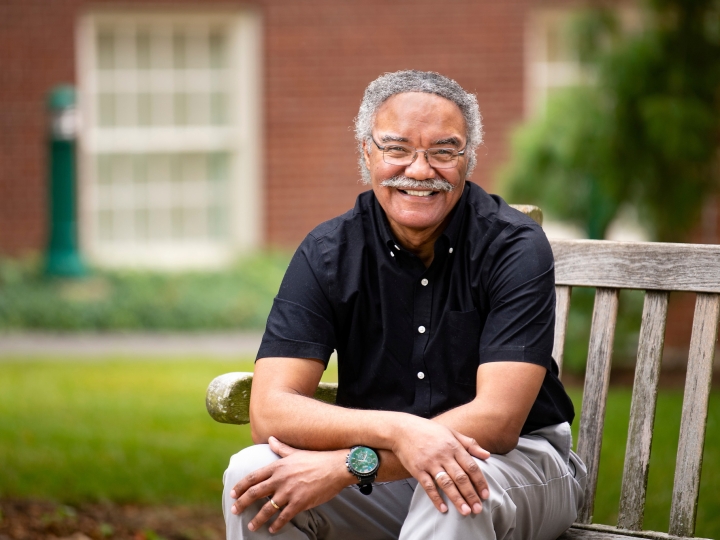
Tulu Bayar, Art & Art History
September 22, 2017
Humans learn to obey rules and are uncomfortable with ambiguity. Learning to face ambiguity is a lesson that will serve my students well.
The work of Professor Tulu Bayar, art & art history, includes sculpture, photography, found objects, video, performance, sound and installations. "I work with ideas," she explains. "My intent is to translate those ideas into a multisensory experience — a new visual language. I experiment with a wide range of media. I don't restrict myself."
Bayar explores issues of gender, race, ethnicity, religion and identity but is always careful to keep her own opinions veiled. "There are multiple sides to any situation," she says. "I want to show the complexity, the ambiguity, and let viewers draw their own conclusions."
Embracing ambiguity is something she also requires of her students. "I give open-ended assignments," she says. "At first, students may be intimidated and want me to tell them what to do and where to start. I say, 'I can't give you a list of dos and don'ts. You need to figure it out.' But I do provide guidance as they walk their own paths."
According to Bayar, innovation, individuality and imagination all come from learning to take risks. "Humans learn to obey rules and are uncomfortable with ambiguity," she says. "Learning to face ambiguity is a lesson that will serve my students well."
Bayar's students are as likely to end up in the sciences as they are in an art-related field. This is the advantage of teaching in a liberal arts environment, she says.
"My students are engineers, psychology majors, theater people — you name it," Bayar explains. "No matter what disciplines they're coming from, they use art-making methodologies to explore and extend their research. I realized early in my career that most students like to be challenged. As an educator, I also welcome challenges that are driven by intellectual curiosity and respect. This 'I challenge them, they challenge me' philosophy sets a solid foundation for teaching and collaboration. You wouldn't get that at a regular art school."
Bayar was awarded a 2017–18 Fulbright U.S. Scholar grant, which she used to examine the increasing role of suburban life in Istanbul. A native of Turkey, Bayar immigrated to the United States about 20 years ago. She says living and working here for so long enables her to see Turkey as both an insider and an outsider. As for where her work takes her, Bayar says it's impossible to know until she's immersed in it. "That's the beauty of the creative process," she says.

